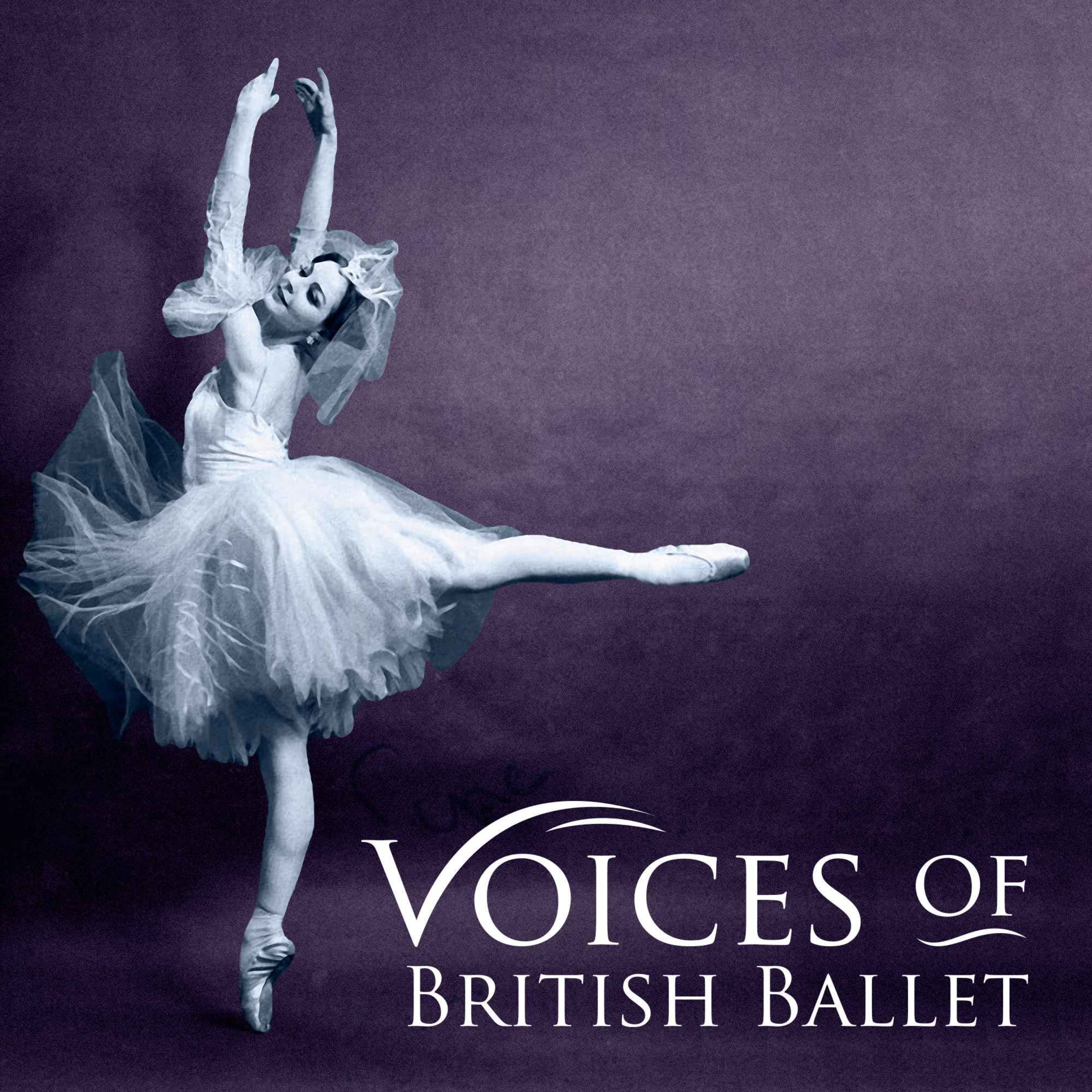Share

Voices of British Ballet
Coming soon
•
Launching soon - a new podcast bringing to life and celebrating the history of dance in Britain.
For more than 20 years the ballet dancer and teacher Patricia Linton has been recording interviews with the people who were there as the story of British dance unfolded across the twentieth century and beyond.
In this podcast you’ll hear from some famous names, as well those less well known, whose reflections help to build a rich picture of the art-form.
Subscribe to our podcast and find photos and extra content on our website, also launching soon.